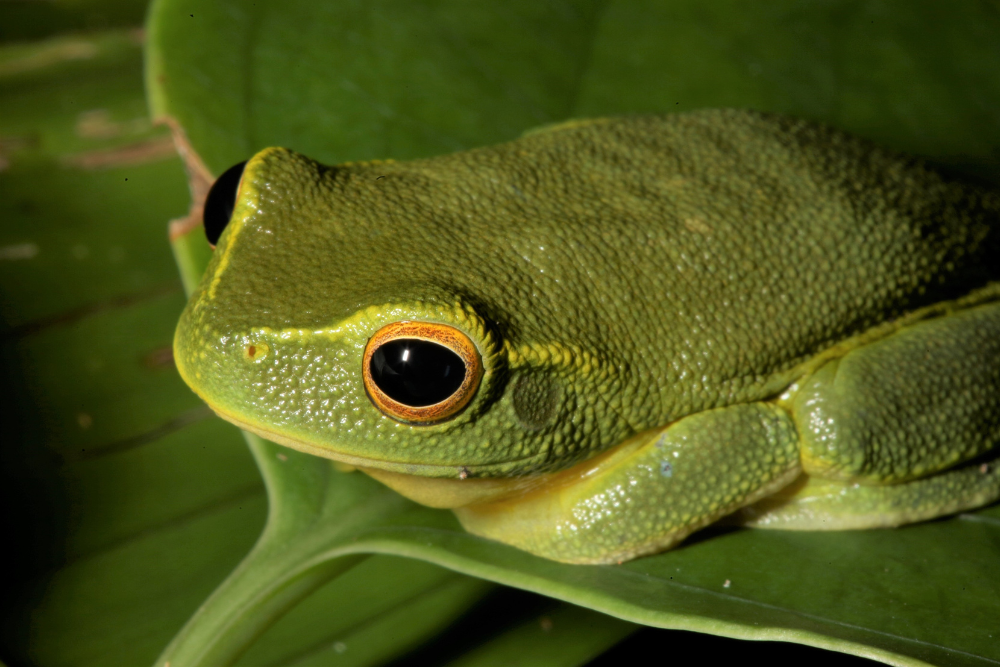The Daintree Rainforest, located in far north Queensland, is one of the world’s oldest and most biodiverse rainforests, and a UNESCO World Heritage-listed site. This lush and vibrant tropical forest offers visitors an unparalleled opportunity to immerse themselves in nature, with its ancient plant life, diverse wildlife, and unique ecosystem. Whether you’re an eco-tourist, a nature enthusiast, or someone simply looking for adventure, the Daintree is a must-visit destination. Here’s everything you need to know to make the most of your visit.
1. The Basics: Where is the Daintree Rainforest?
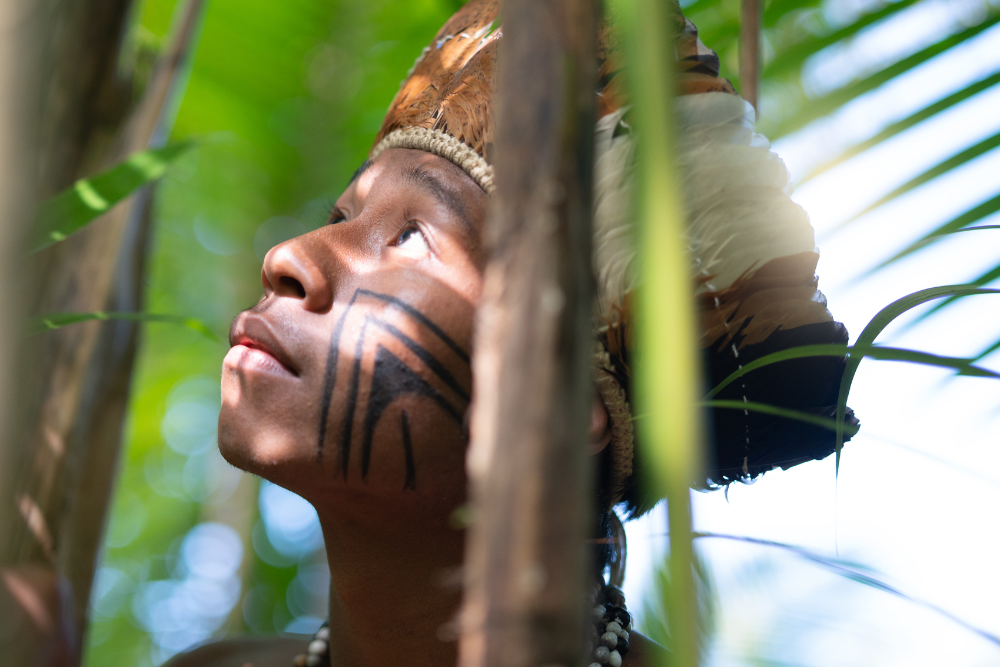
The Daintree Rainforest stretches across 1,200 square kilometers (460 square miles) in far north Queensland, about two hours north of Cairns. It’s located on the Cape York Peninsula, where the rainforest meets the Great Barrier Reef. This makes the area a fascinating convergence of terrestrial and marine ecosystems. The Daintree is accessible by car, and many visitors use Port Douglas as a base to explore the rainforest and surrounding areas.
2. What Makes the Daintree Special?
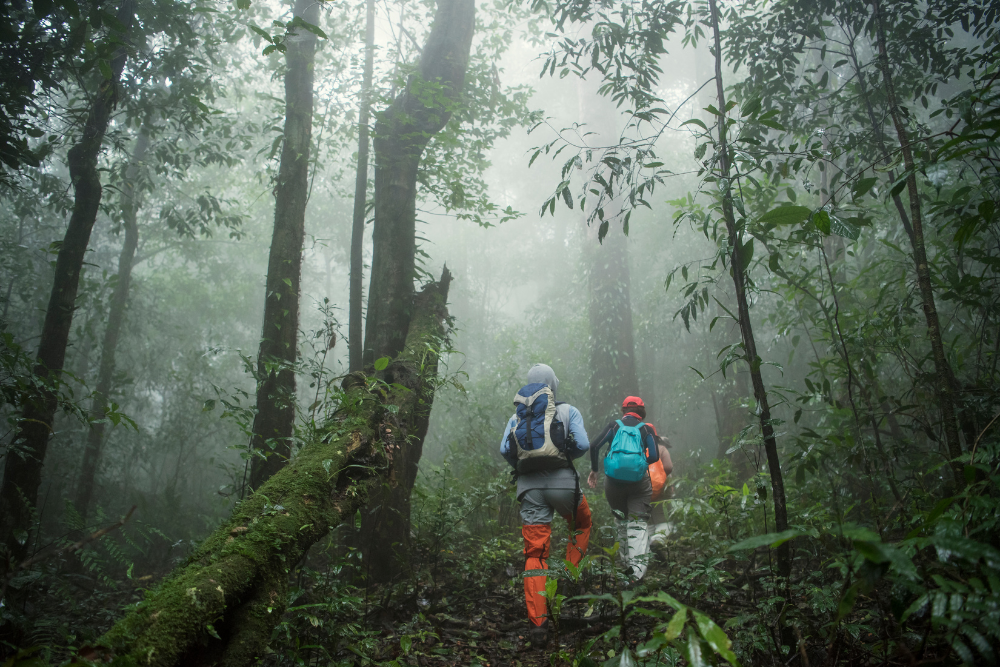
The Daintree is not just any rainforest—it is one of the oldest rainforests on Earth, with some parts dating back over 110 million years. It predates the Amazon and Congo rainforests, offering a glimpse into a time long before humans walked the Earth. The region is home to an extraordinary diversity of plant and animal species, many of which can’t be found anywhere else in the world.
- Biodiversity: The rainforest contains over 3,000 plant species, 430 species of birds, and more than 12,000 species of insects. It’s also home to unique animals such as the Cassowary, a large, flightless bird, and the Tree Kangaroo.
- The Rainforest Meets the Reef: The Daintree Rainforest is the only place in the world where two UNESCO World Heritage-listed sites—the Great Barrier Reef and the Wet Tropics Rainforests—meet. The convergence of the rainforest and coral reefs creates a unique, fragile ecosystem.
3. Best Ways to Explore the Daintree Rainforest
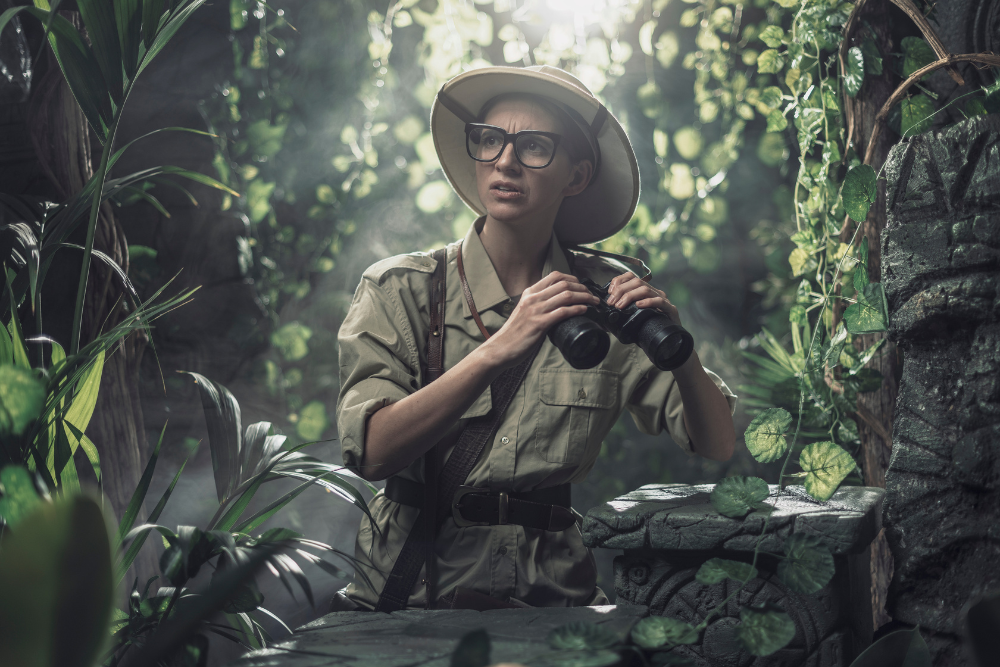
There are plenty of ways to explore the Daintree, each offering a different experience of this fascinating environment.
Guided Tours
For those unfamiliar with the region, guided tours are an excellent way to discover the rainforest’s highlights. Expert guides will take you on walking tours through the forest, explaining the local flora, fauna, and the significance of the area’s Aboriginal culture.
- Night Tours: A unique way to experience the rainforest is by taking a night tour, when the forest comes alive with nocturnal creatures. You might spot tree frogs, bats, or even a rare northern bettong.
Self-Guided Walks
If you prefer to explore on your own, the Daintree offers several walking trails for different fitness levels:
- Mossman Gorge: A popular spot, Mossman Gorge offers a mix of short walks and longer trails that lead you through ancient rainforest. The Mossman Gorge Centre is a good starting point for maps and information.
- Jungle Adventures: For the more adventurous, trails like Alexandra Range Lookout offer stunning views of the rainforest canopy and the surrounding coastal areas.
Daintree River Cruises
A Daintree River Cruise is a must-do to explore the waterway and observe the unique wildlife that inhabits it. This river is home to crocodiles, a variety of birds, and lush mangrove forests. Morning and afternoon cruises offer the best chance to see wildlife up close.
4. Key Attractions in the Daintree Rainforest

Mossman Gorge
Mossman Gorge, located just 20 minutes north of Port Douglas, is one of the rainforest’s most accessible and stunning areas. The crystal-clear waters of the Mossman River flow through the gorge, where visitors can swim or take guided walks. The Daintree Discovery Centre is located nearby and offers interpretive exhibits on the forest’s history and ecology.
Cape Tribulation
Known for its pristine beaches and spectacular views, Cape Tribulation is where the rainforest truly meets the reef. This part of the Daintree is famous for its eco-lodges, secluded beaches, and untouched landscapes. Cape Tribulation Beach and Myall Beach are perfect for a relaxing day in nature.
Daintree River
The Daintree River is one of the oldest rivers in Australia, with crystal-clear waters that wind their way through lush rainforest. Daintree River cruises provide an opportunity to see saltwater crocodiles, native birds, and other wildlife along the riverbanks.
5. Wildlife in the Daintree Rainforest
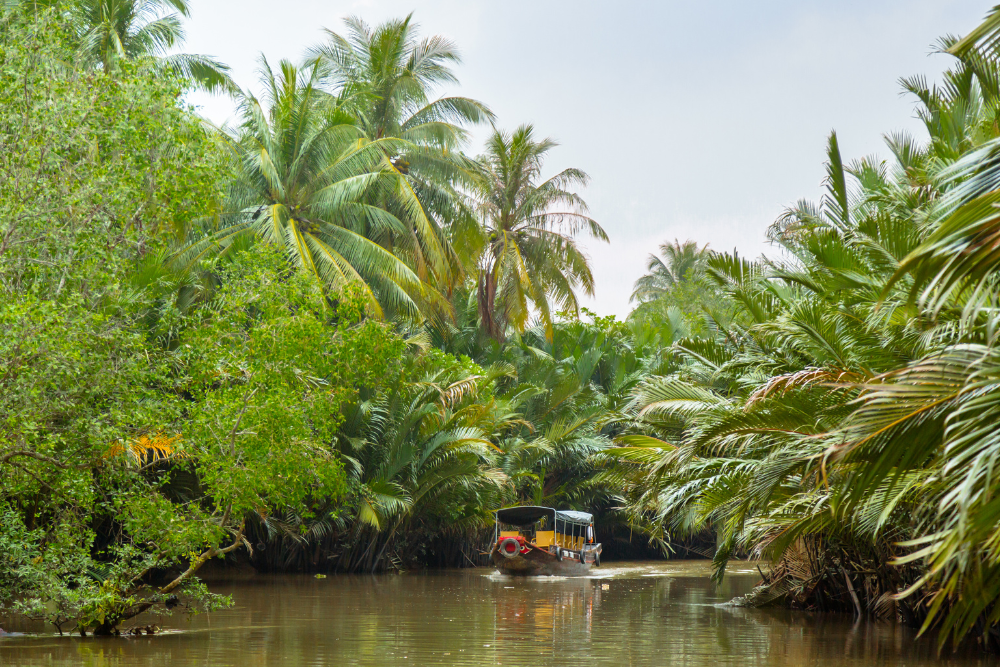
The Daintree is a haven for wildlife enthusiasts. The rainforest is home to many rare and endangered species, and if you’re lucky, you may spot:
- Cassowary: One of the world’s largest flightless birds, this endangered species is native to the Daintree region.
- Tree Kangaroos: A rare and elusive species that lives in the canopy of the rainforest.
- Saltwater Crocodiles: Found in the Daintree River and other nearby water sources.
- Various Frogs and Lizards: The rainforest is home to a wide variety of reptiles and amphibians.
- Birdlife: Over 400 species of birds, including the vibrant rainbow lorikeet and the Victoria’s riflebird.
6. Best Time to Visit the Daintree
The best time to visit the Daintree Rainforest is during the dry season, from May to October, when the weather is mild, and the rainforest is lush and vibrant. The wet season (November to April) can bring heavy rains and potential flooding, which may limit access to some areas, but it’s also when the rainforest is at its most lush and green.
- May to October: The dry season offers pleasant temperatures and ideal conditions for rainforest exploration.
- November to April: The wet season is less predictable but offers an opportunity to experience the rainforest in its full, lush glory.
Conclusion
Exploring the Daintree Rainforest is a truly magical experience. Its ancient trees, diverse wildlife, and pristine landscapes create a living, breathing natural wonder. Whether you’re hiking, cruising along the river, or simply soaking in the stunning views, the Daintree is a place that will captivate your senses and leave you with memories to last a lifetime.



